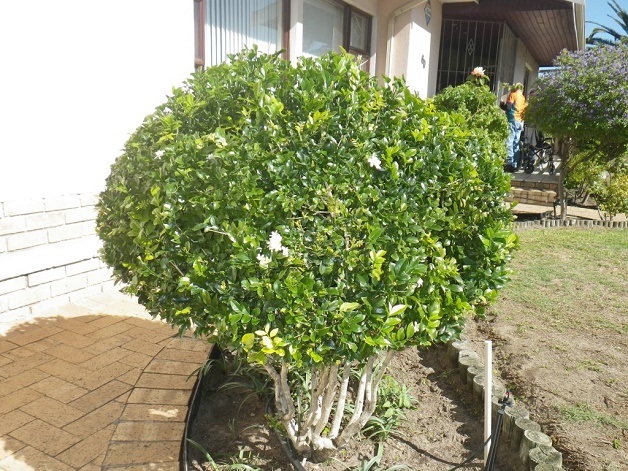With its delicate white blossoms that give off an intoxicating citrus-like smell, the Murraya paniculata plant, or also called orange jasmine, is a great way to infuse any garden with zest. It is especially suited for Australian gardens as it copes well with our hot and dry summers and humidity. This lovely and hardy plant is actually an evergreen shrub which can grow up to 3 meters tall, making it the perfect choice for a privacy hedge. Whether you plan to grow it as a hedge or a small ornamental tree, taking care of your orange jasmine is surprisingly easy.
Planting Conditions
If there’s ever been a plant perfectly designed to thrive in the sunny Australian climate – this is it. So, it’s no wonder nurseries are overflowing with Murraya paniculata plants for sale in all shapes and sizes for you to choose from. Considering how it’s a semi-tropical plant, the Murraya definitely needs ample sunshine to thrive. But not too much direct sunlight as it can scorch its leaves. Ideally, you should pick a spot where the plant can get plenty of morning sunlight and then cool-off under the afternoon shade, or alternatively, a location that receives day-long broken sunlight.
Soil and Watering
Murraya paniculata plants grow best in a soil that’s fast-draining and doesn’t get waterlogged. If your garden soil lacks drainage, mixing in some organic materials such as chopped bark, leaf mulch or compost can greatly improve its state. As a general rule, orange jasmine doesn’t need very frequent watering – every 10 to 14 days is about enough for it to become somewhat dry between waterings. But if you live in a very hot climate, or if the plant grows in a container, it may be necessary to water it more often.

Fertilizing
Although murraya paniculata plants are not especially needy, feeding yours with a good fertilizer can ensure more attractive foliage. It’s best to apply a fertilizer specially formulated for evergreen shrubs every 20-30 days starting from spring up until mid-autumn. You can purchase such a fertilizer from most nurseries offering murraya paniculata plants for sale, but if your plant is growing in a container, you can also use a well-balanced, water-soluble one. In any case, it’s important to follow the instructions on the fertilizer’s label as plants with different age and size need different amounts of it.
Pruning
Considering how it’s a fast-growing plant, the Murraya paniculata should be pruned to help it achieve its best look, whether a small tree or a hedge. While the plant is still very young, pruning each branch back to just two or three leaves after it has produced six or seven leaves will help encourage a bushier growth. Afterward, maintain the shape of your murraya by pruning it lightly – two or three times a year during the spring and summer. Then, give it a final pruning in autumn to remove any dry or dead growths.



